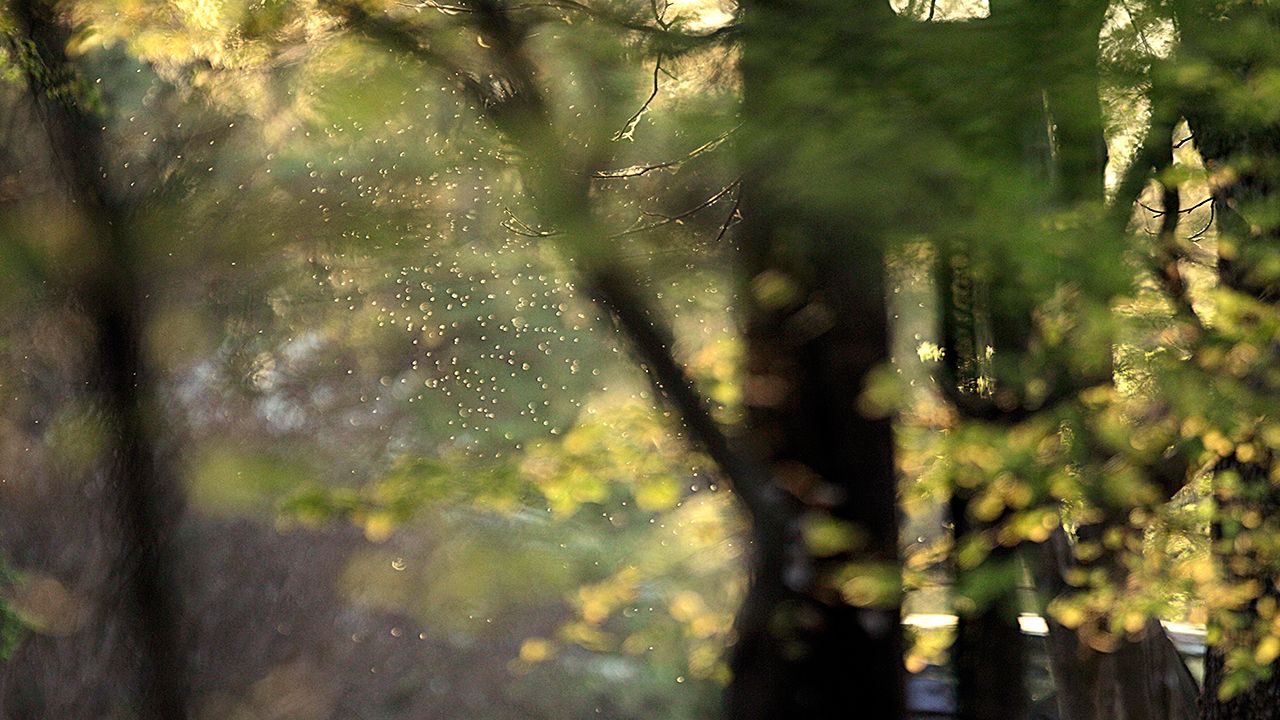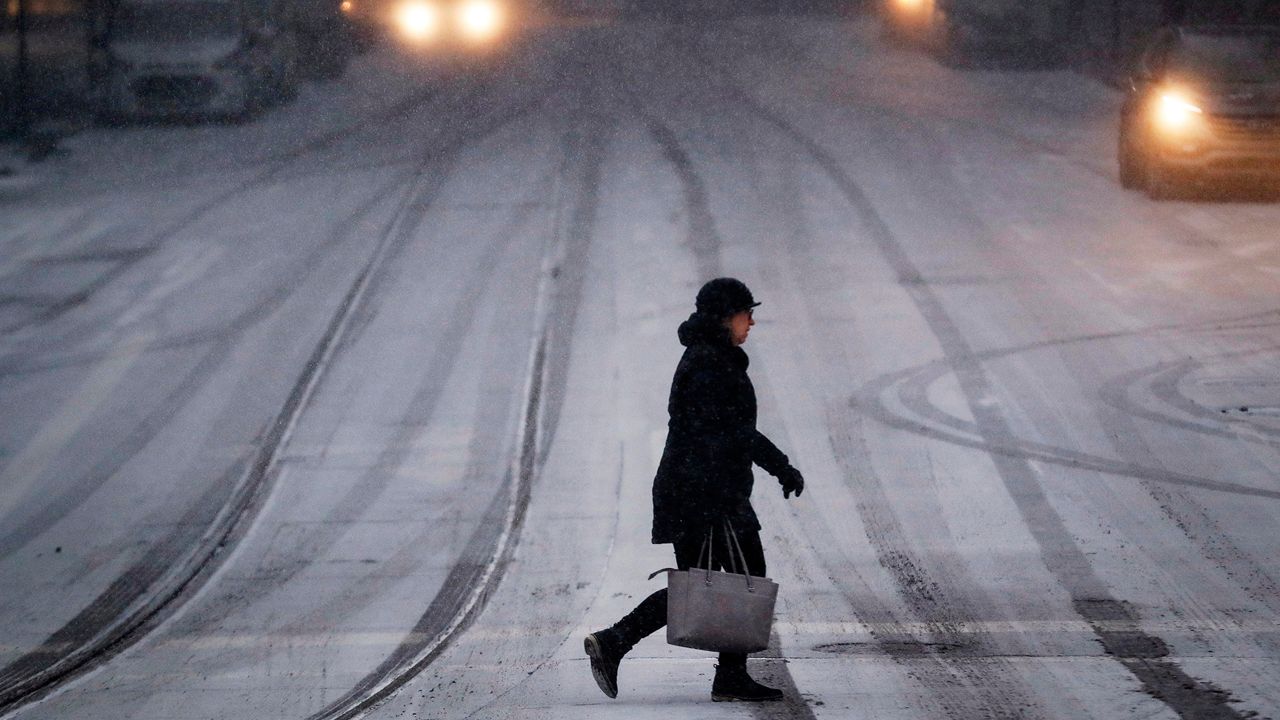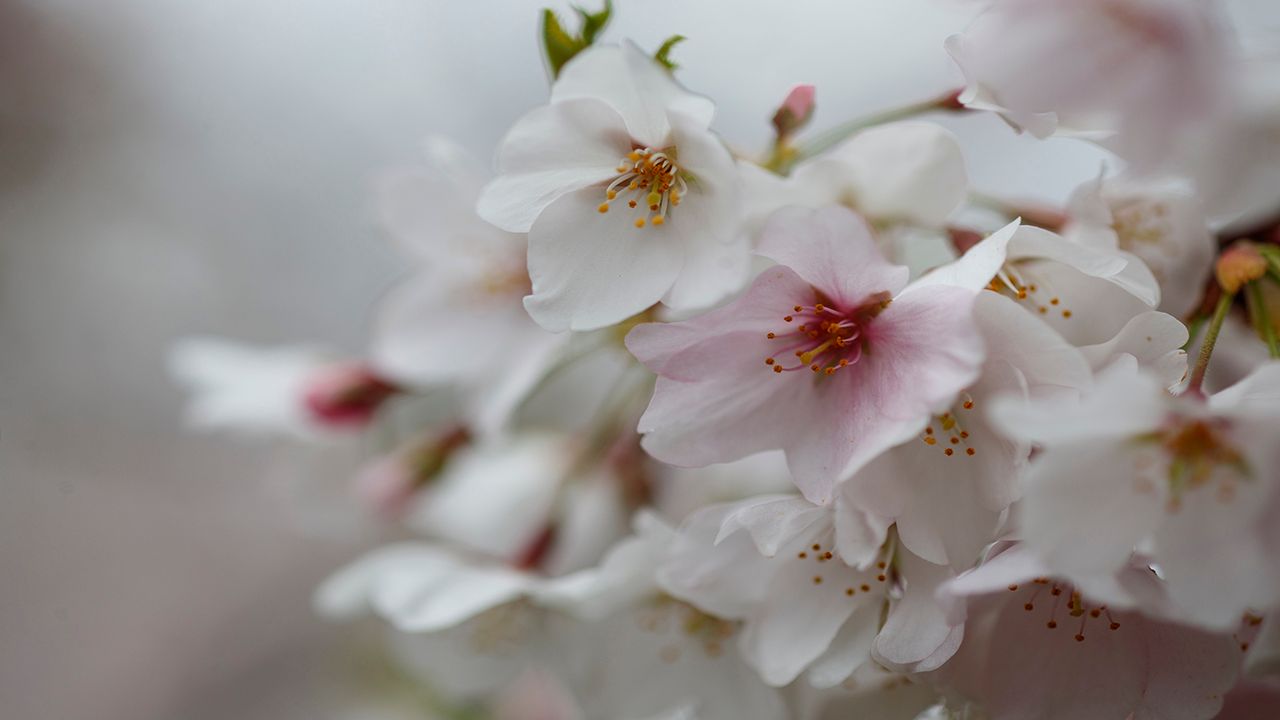Do you have allergy symptoms already? Well, there’s a reason for your sneezing.
As the days get longer and temperatures warm, the trees and plants that have been dormant wake up from their winter slumber. That means they produce pollen.
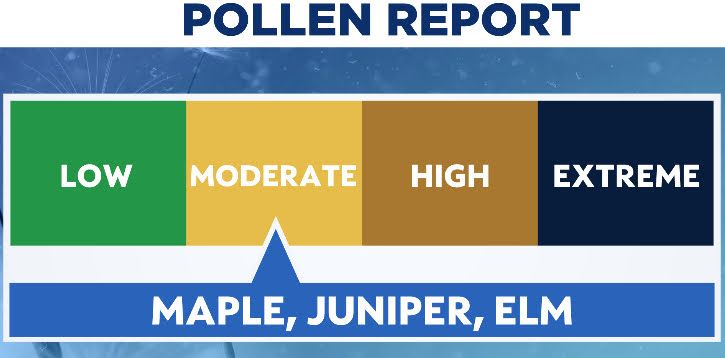
In the past few weeks, pollen started showing up on allergy reports for the five boroughs. Levels so far are moderate with maple and elm trees, the primary sources of our allergies in New York City. Juniper bushes are also adding to the pollen count.
The spring allergy season for New York City usually begins in the second week of March, peaks in May and fades in June.
As our climate warms, we’ve seen our pollen season start earlier. Overall, the growing season in our area is now about three weeks longer than it was in the past.
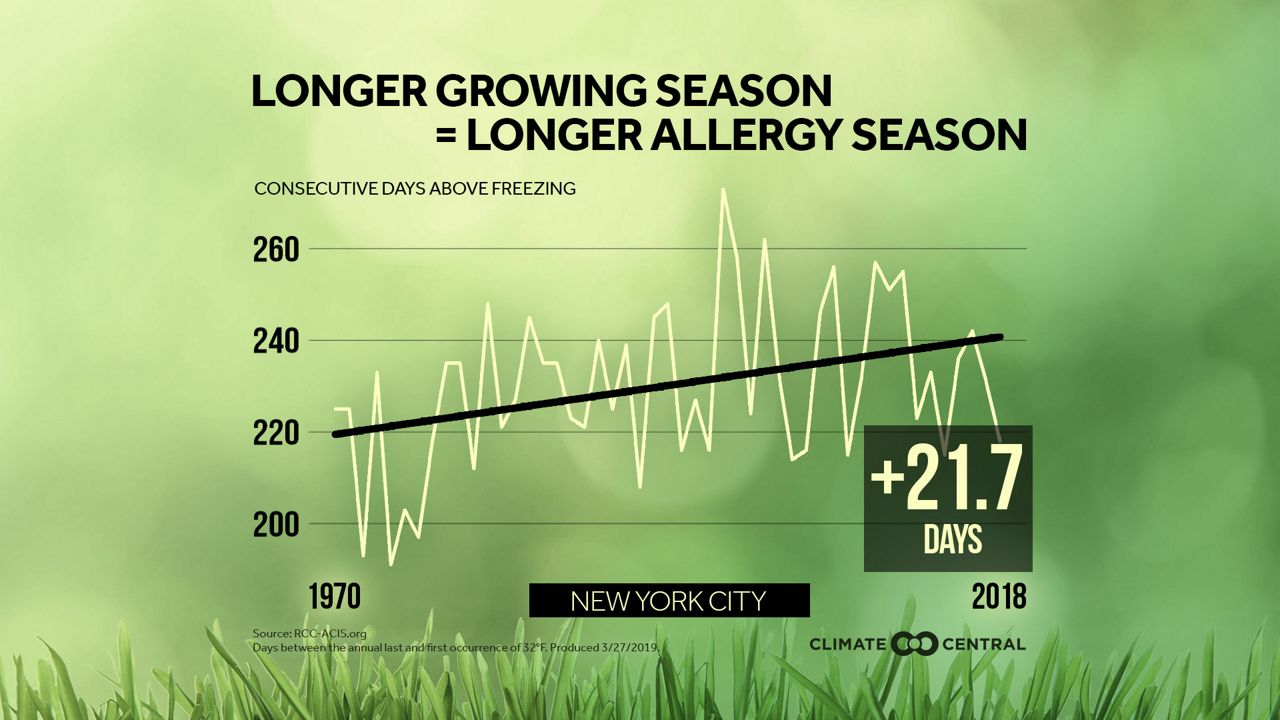
Health experts recommend stocking up on allergy medicine now, so that you have it on hand as the pollen count rises.
Also, to reduce the effects of pollen, you can keep your window shut. Put your pillow in a plastic cover when you’re not using it and use air filters. Wearing a mask can also help reduce the impact of pollen.
Finally, don’t blame the beautiful blossoms of spring that we see on the cherry and apple trees. These plants contribute little pollen.
Maple and oak trees are the main irritants for allergy sufferers.
Also, common spring flowers like roses, tulips and daffodils aren’t major sources of pollen, so you can stop and smell the flowers.
Our team of meteorologists dives deep into the science of weather and breaks down timely weather data and information. To view more weather and climate stories, check out our weather blogs section.




